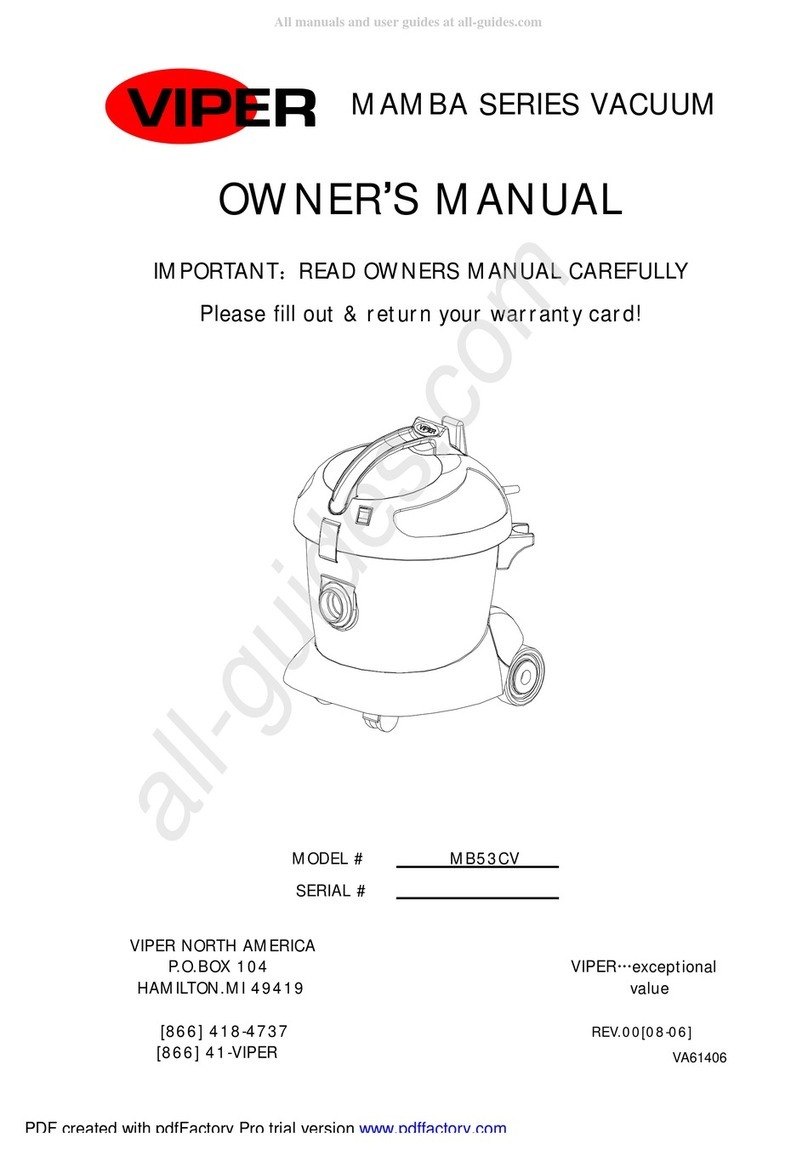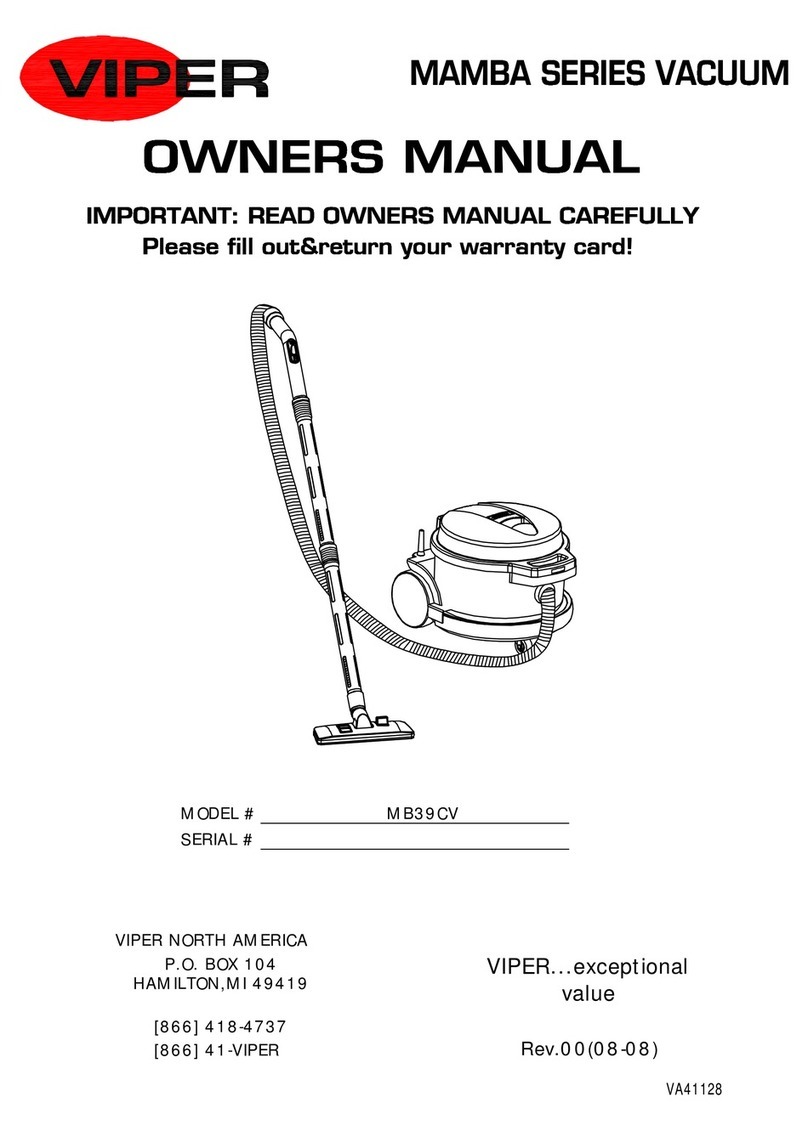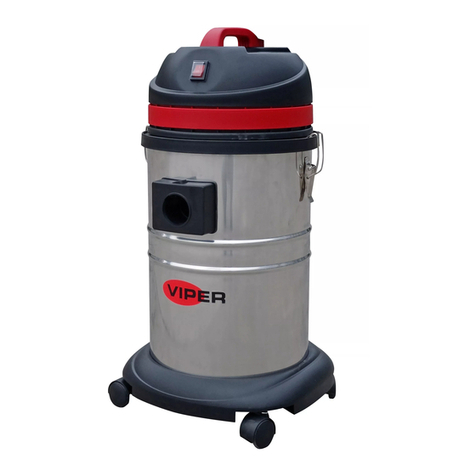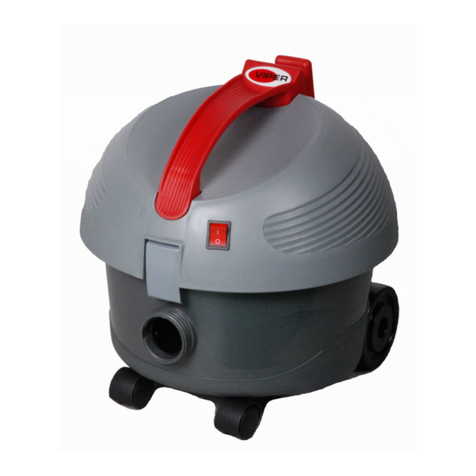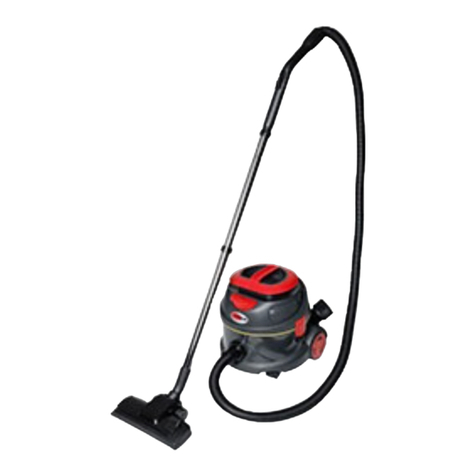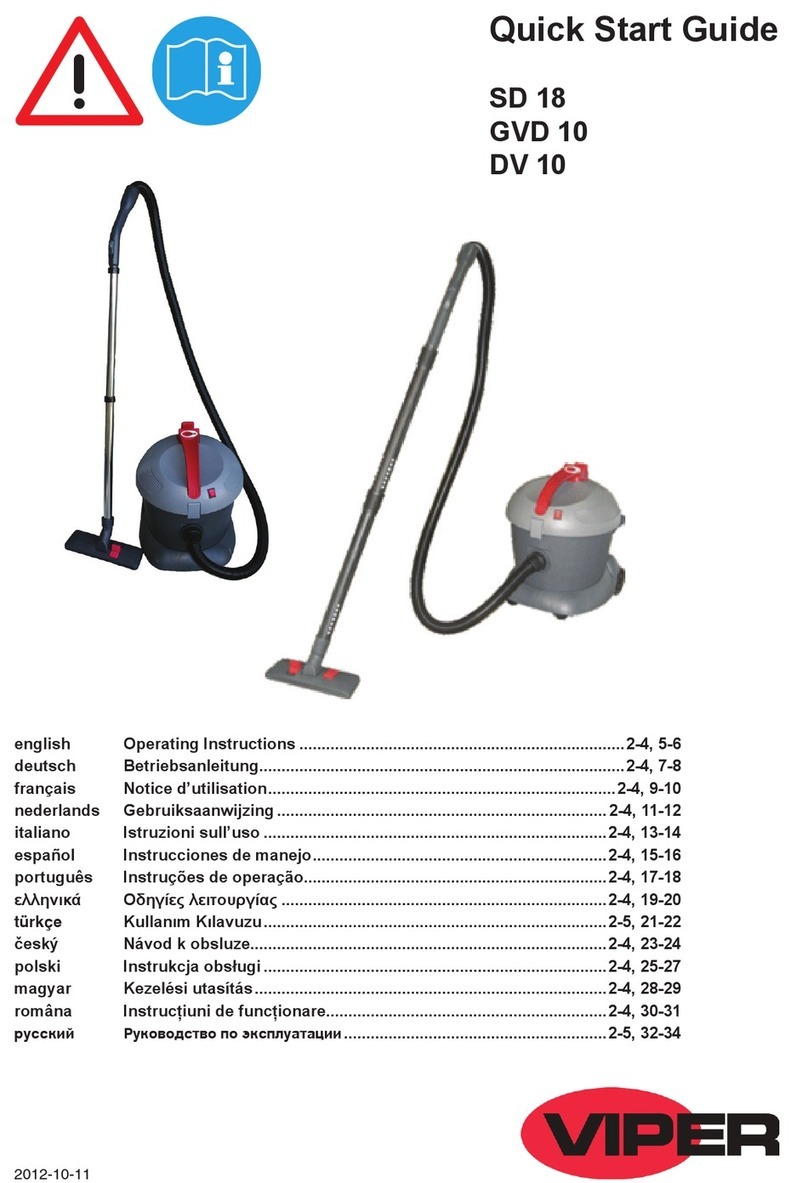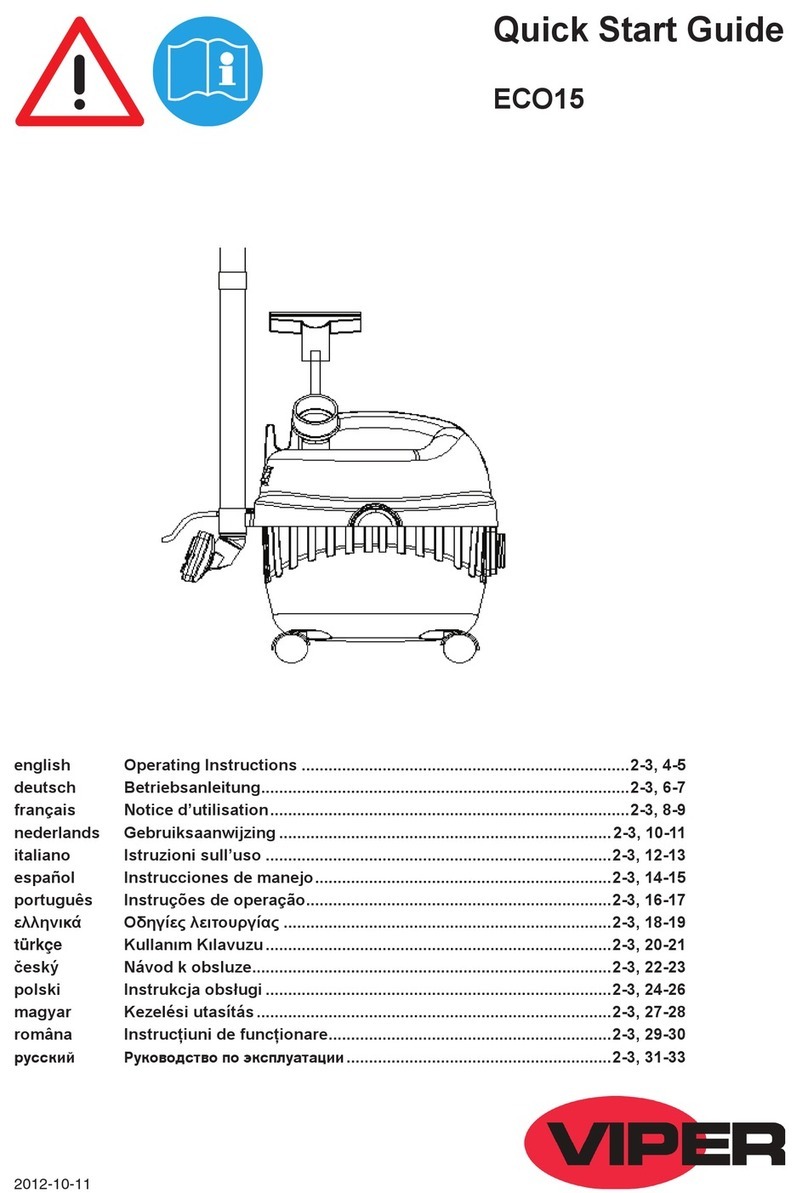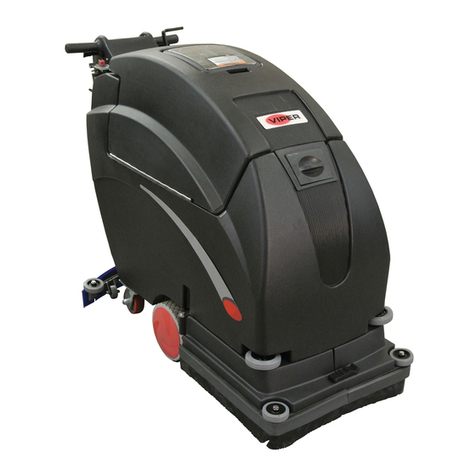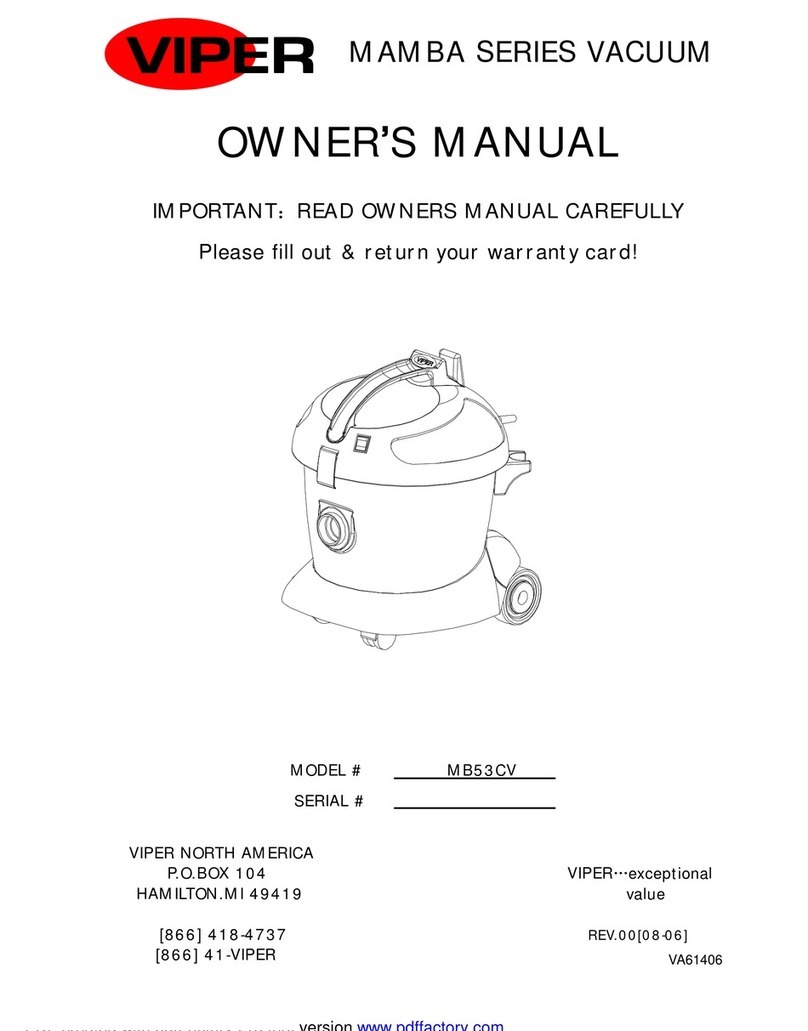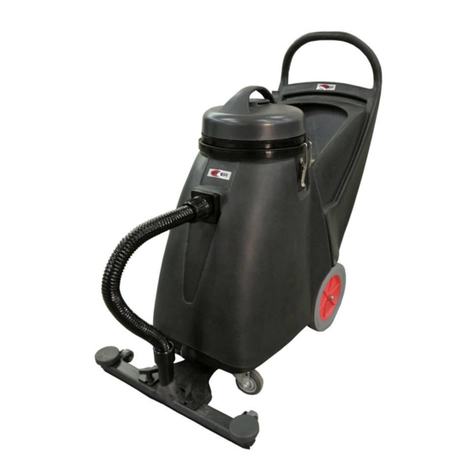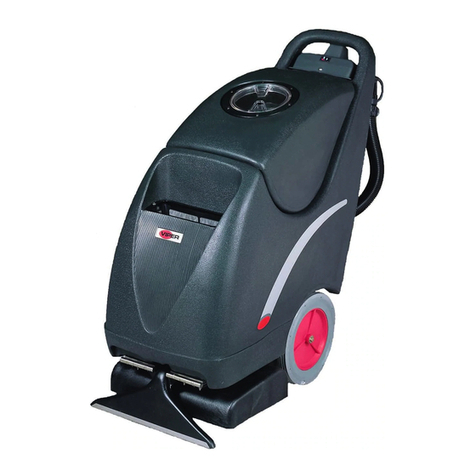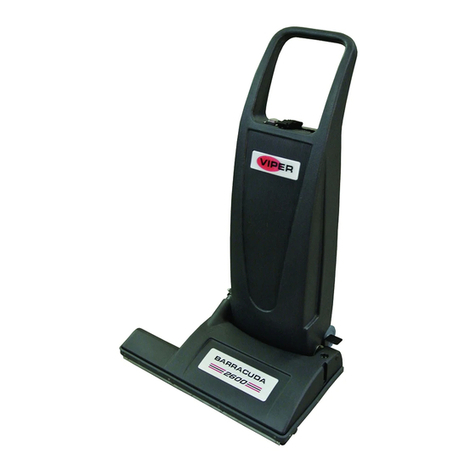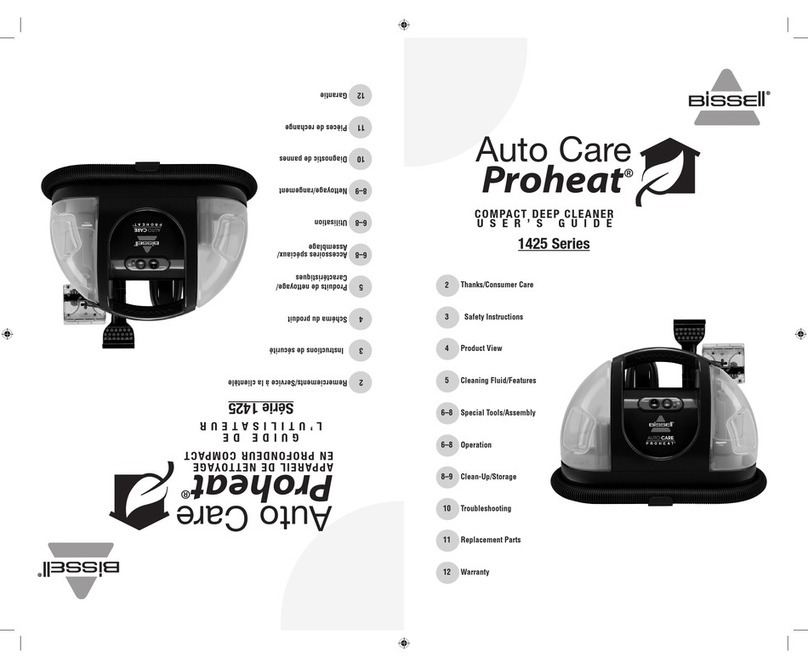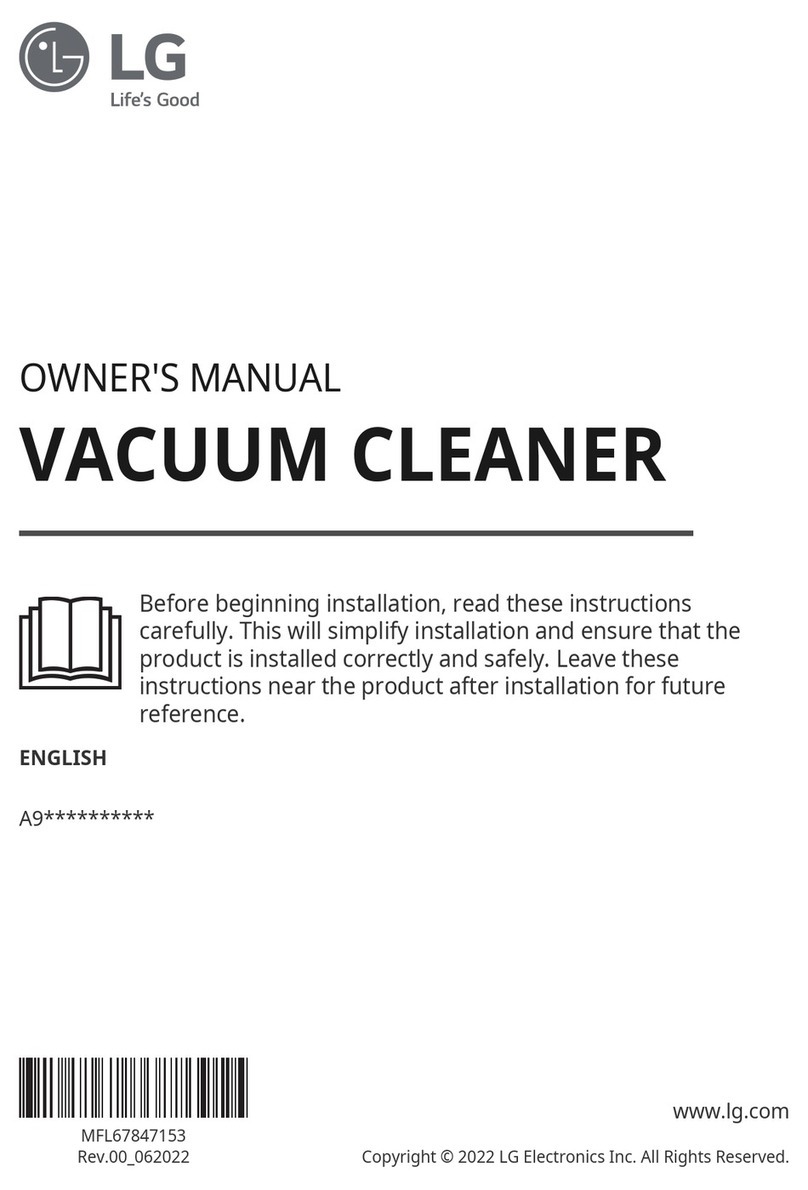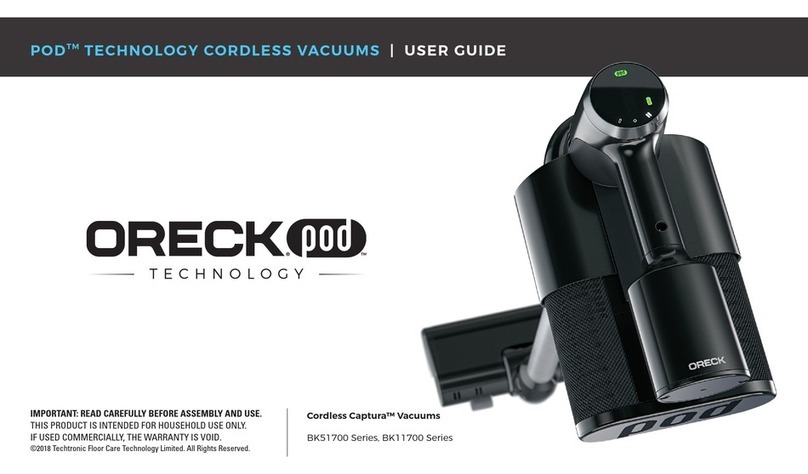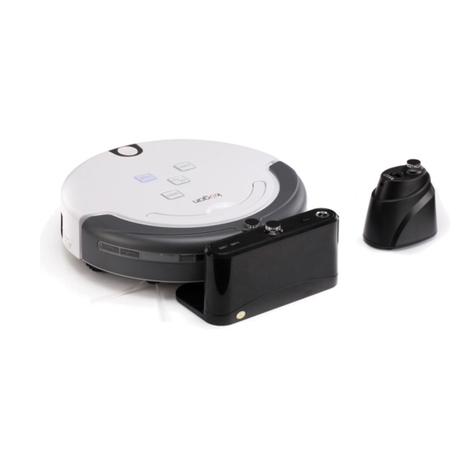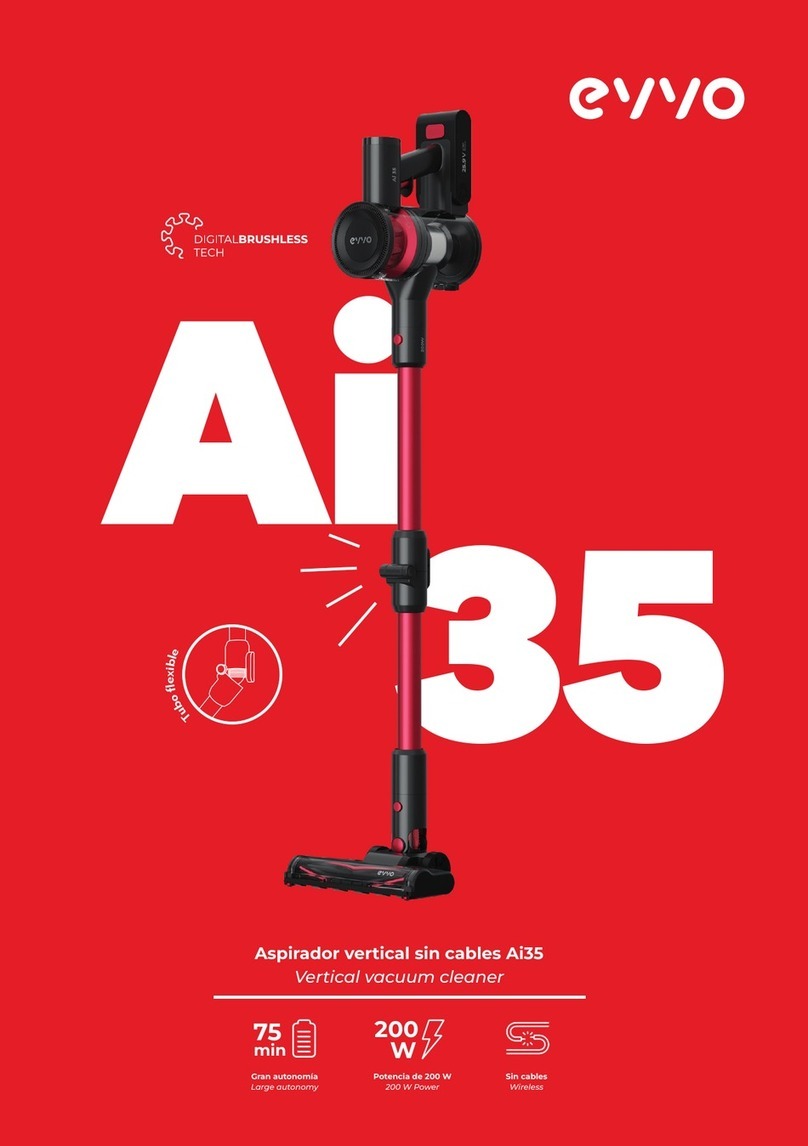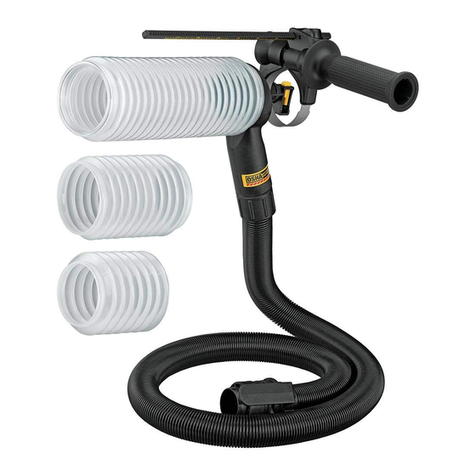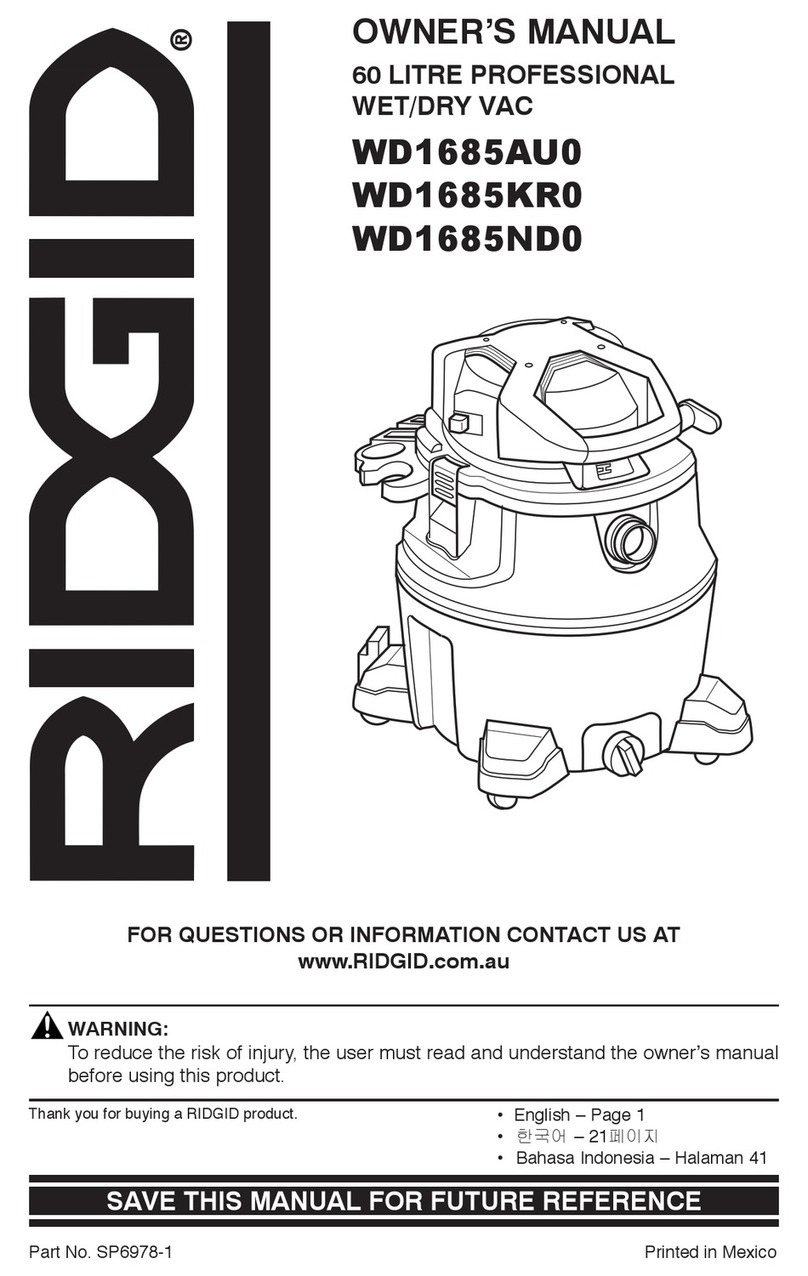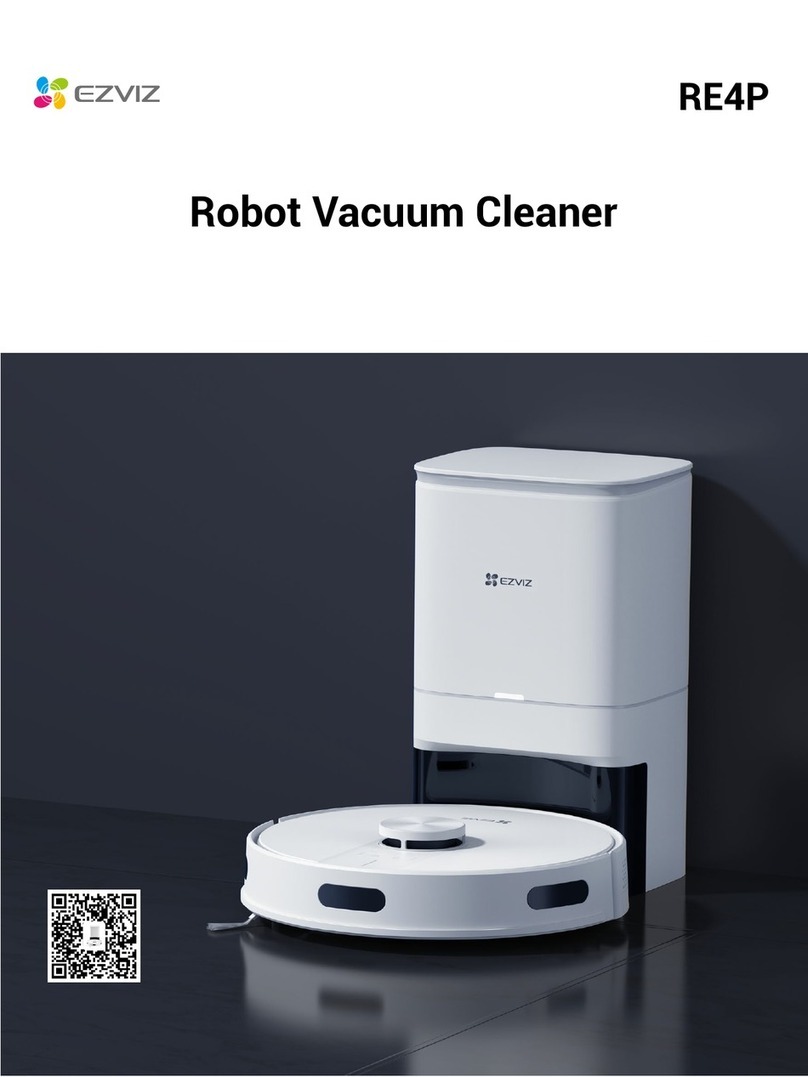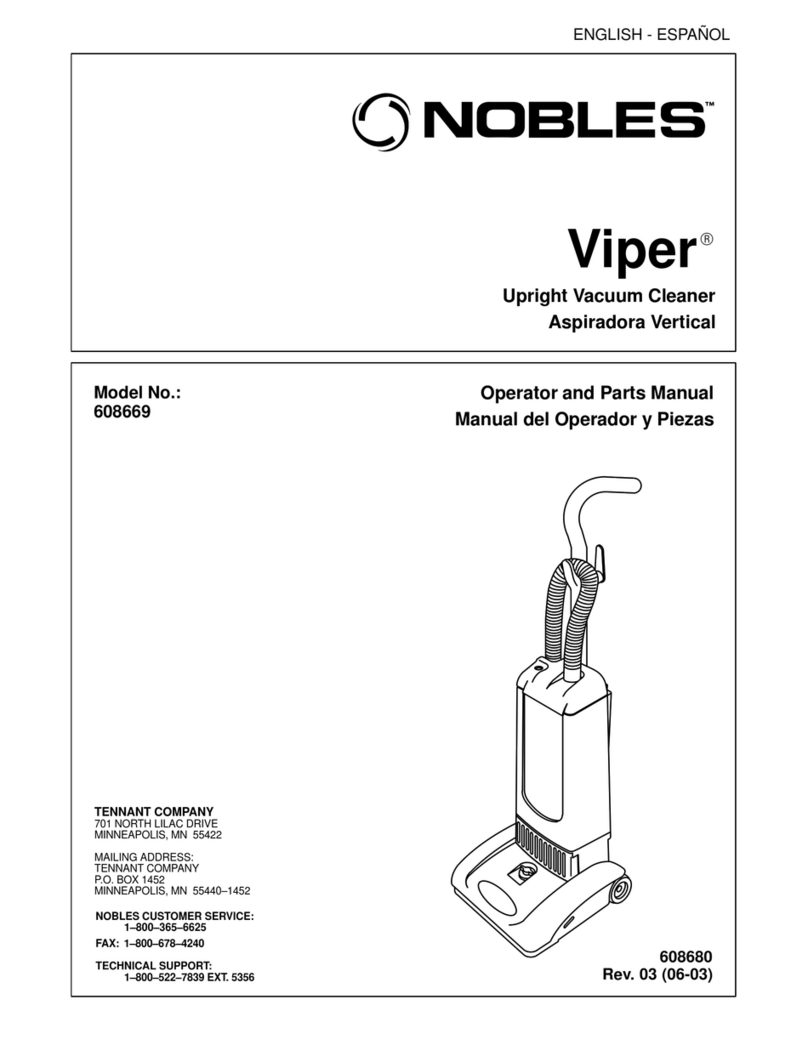
INSTRUCTION FOR USE ENGLISH
1
TABLE OF CONTENTS
INTRODUCTION ........................................................................................................................... 2
GUIDE PURPOSE AND CONTENTS .................................................................................................................. 2
HOW TO KEEP THIS INSTRUCTION FOR USE ............................................................................................... 2
DECLARATION OF CONFORMITY ................................................................................................................... 2
ACCESSORIES AND MAINTENANCE .............................................................................................................. 2
CHANGE AND IMPROVEMENT ........................................................................................................................ 2
SCOPE OF APPLICATION ................................................................................................................................... 2
MACHINE IDENTIFICATION DATA ................................................................................................................. 2
TRANSPORT AND UNPACKING ....................................................................................................................... 3
SAFETY ........................................................................................................................................... 3
VISIBLE SYMBOLS ON THE MACHINE ........................................................................................................... 3
SYMBOLS THAT APPEAR ON THE INSTRUCTION FOR USE ...................................................................... 3
GENERAL SAFETY INSTRUCTION ................................................................................................................... 4
MACHINE DESCRIPTION .......................................................................................................... 6
MACHINE STRUCTURE ...................................................................................................................................... 6
CONTROL PANEL ................................................................................................................................................ 7
DISPLAY WINDOW OF CHARGER INDICATON LIGHT ............................................................................... 7
MACHINE SIZE ..................................................................................................................................................... 8
TECHNICAL PARAMETERS ............................................................................................................................... 9
WIRING DIAGRAM ............................................................................................................................................ 10
OPERATING GUIDE................................................................................................................... 11
BATTERY CHECK/SETTING ON A NEW MACHINE .................................................................................... 11
BATTERY INSTALLATION AND BATTERY TYPE SETTING (WET OR GEL/ AGM) ............................. 12
BRUSH/PAD-HOLDER INSTALLATION AND REMOVAL ........................................................................... 14
SQUEEGEE ASSEMBLE INSTALLATION AND REMOVAL ........................................................................ 14
SOLUTION OR WASHING WATER TANK FILLING ..................................................................................... 15
MACHINE START AND STOP .......................................................................................................................... 16
MACHINE OPERATION (SCRUBBING AND DRYING) ................................................................................ 16
TANK EMPTYING .............................................................................................................................................. 17
AFTER USING THE MACHINE ......................................................................................................................... 18
MACHINE LONG INACTIVITY ........................................................................................................................ 18
FIRST PERIOD OF USE ...................................................................................................................................... 18
MAINTENANCE .......................................................................................................................... 18
SCHEDULED MAINTENANCE TABLE ........................................................................................................... 19
BATTERY CHARGING ...................................................................................................................................... 19
BRUSH/PAD CLEANING ................................................................................................................................... 21
SOLUTION FILTER CLEANING ....................................................................................................................... 21
SQUEEGEE CLEANING ..................................................................................................................................... 22
SQUEEGEE BLADE CHECK AND REPLACEMENT ...................................................................................... 23
TANK AND VACUUM GRID WITH FLOAT CLEANING, AND COVER GASKET CHECK ...................... 23
ACCESSORIES/OPTIONS .................................................................................................................................. 24
TROUBLESHOOTING................................................................................................................ 25
SCRAPPING .................................................................................................................................. 48
